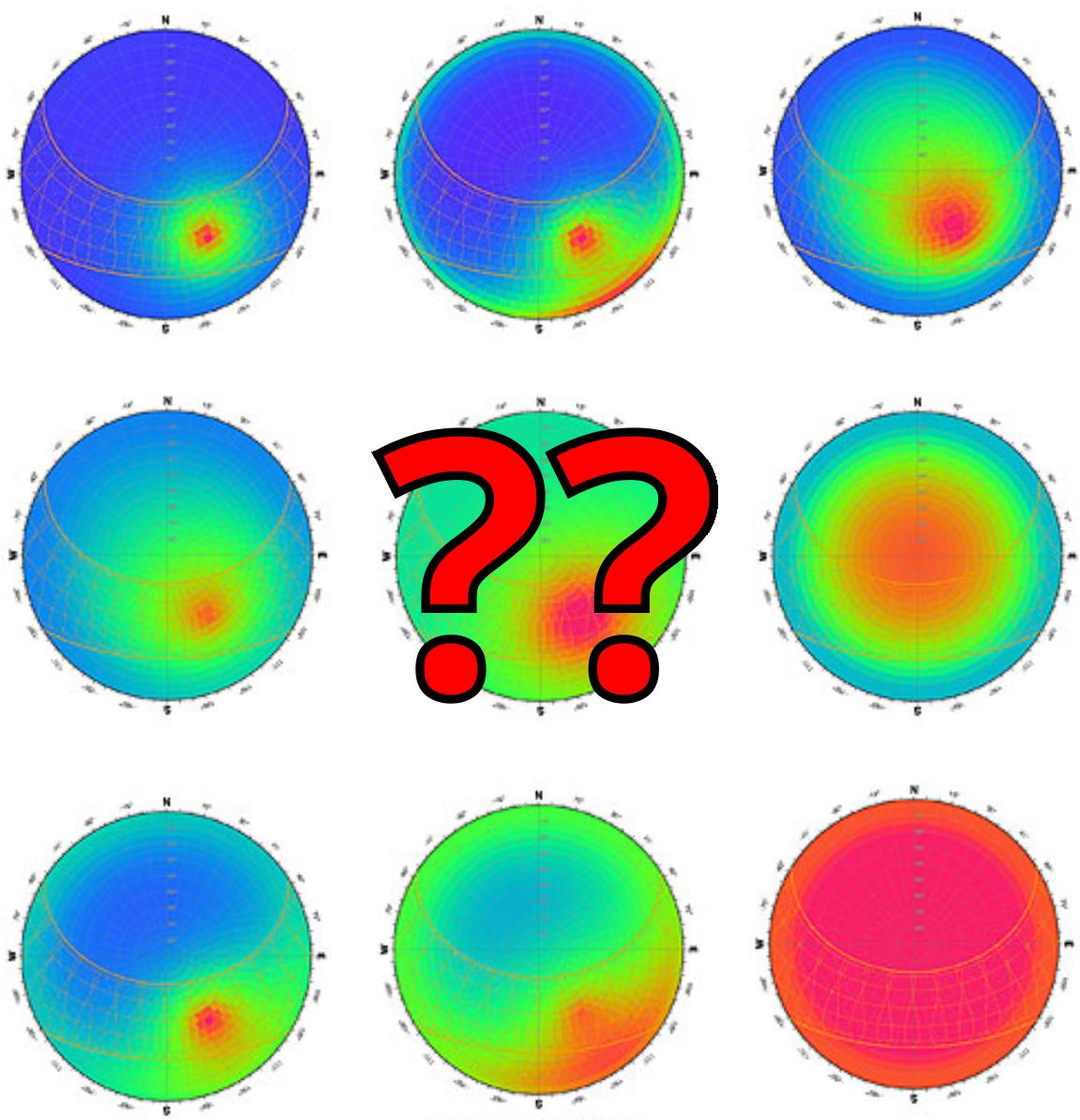Do you know how to calculate the sky diffuse irradiance in photovoltaics?
The transposition models we use in the sector (Perez/Hay) actually refer to the model for calculating diffuse sky irradiance. They inherit this name because the calculations for the direct irradiance and albedo components are actually quite simple (based on basic trigonometry).
However, the calculations for the sky diffuse irradiance are not so straightforward.
✅ In the case of the Hay-Davies model, two components are considered for the calculation:
Isotropic: considering the sky as a uniform source of diffuse irradiance.
Circumsolar: this part is proportional to the direct irradiance, but taking into account the clearness of the sky. Cloudiness or suspended particles make the circumsolar part greater.
✅ In the case of the Perez model:
The sky is divided into sectors to adjust the values of diffuse irradiance based on experimental data from multiple locations.
Additionally, it takes into account the horizon band effect, which is not present in the Hay-Davies model. This effect is more noticeable at sunrise or sunset, as the Sun's rays traverse more kilometers of atmosphere.
🧐 In practical terms, did you know that the Perez model tends to calculate 1-2% more irradiance than the Hay-Davies model?
If you are interested, you can use the online CIE Sky Generator to visualize the effect of the different components.
